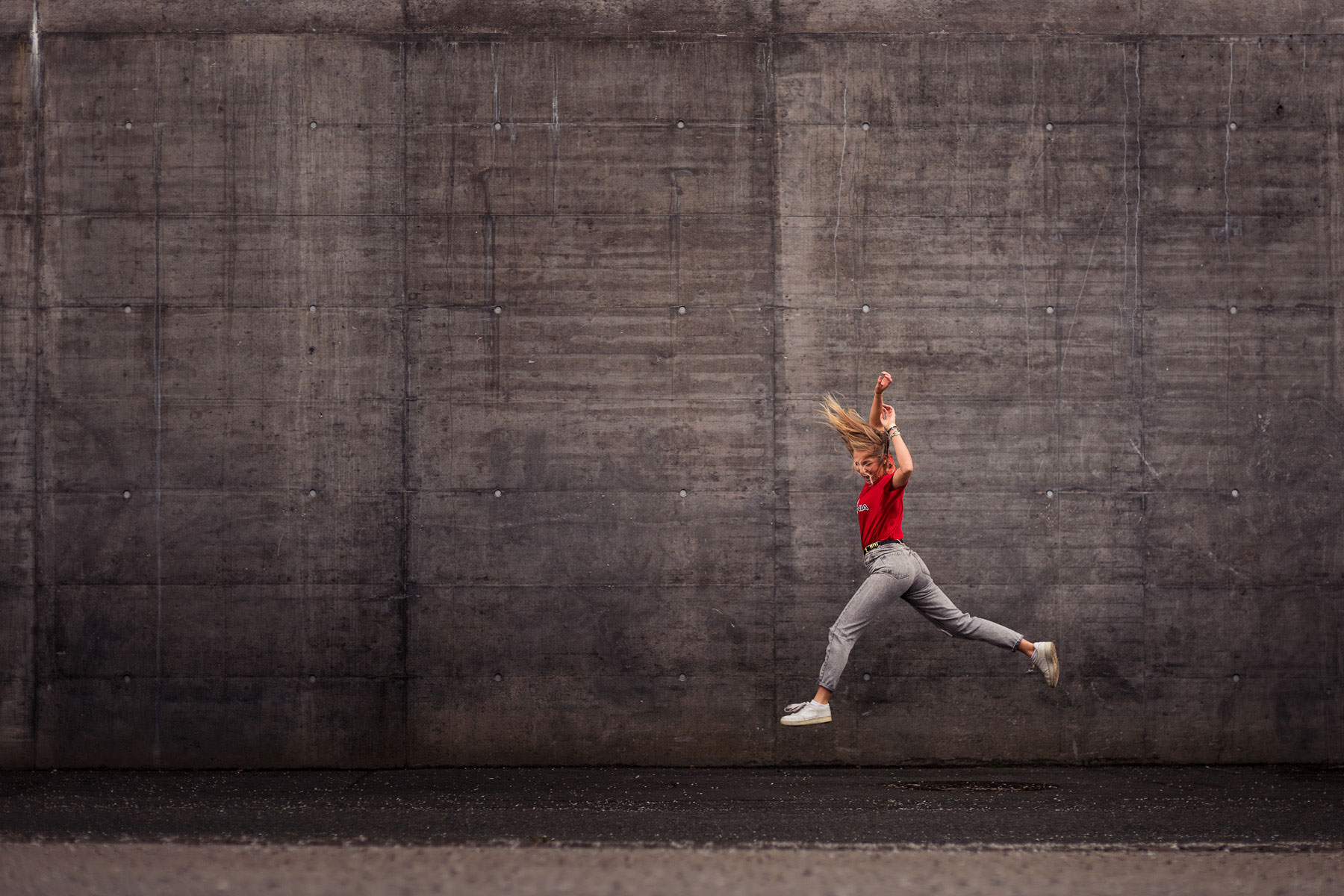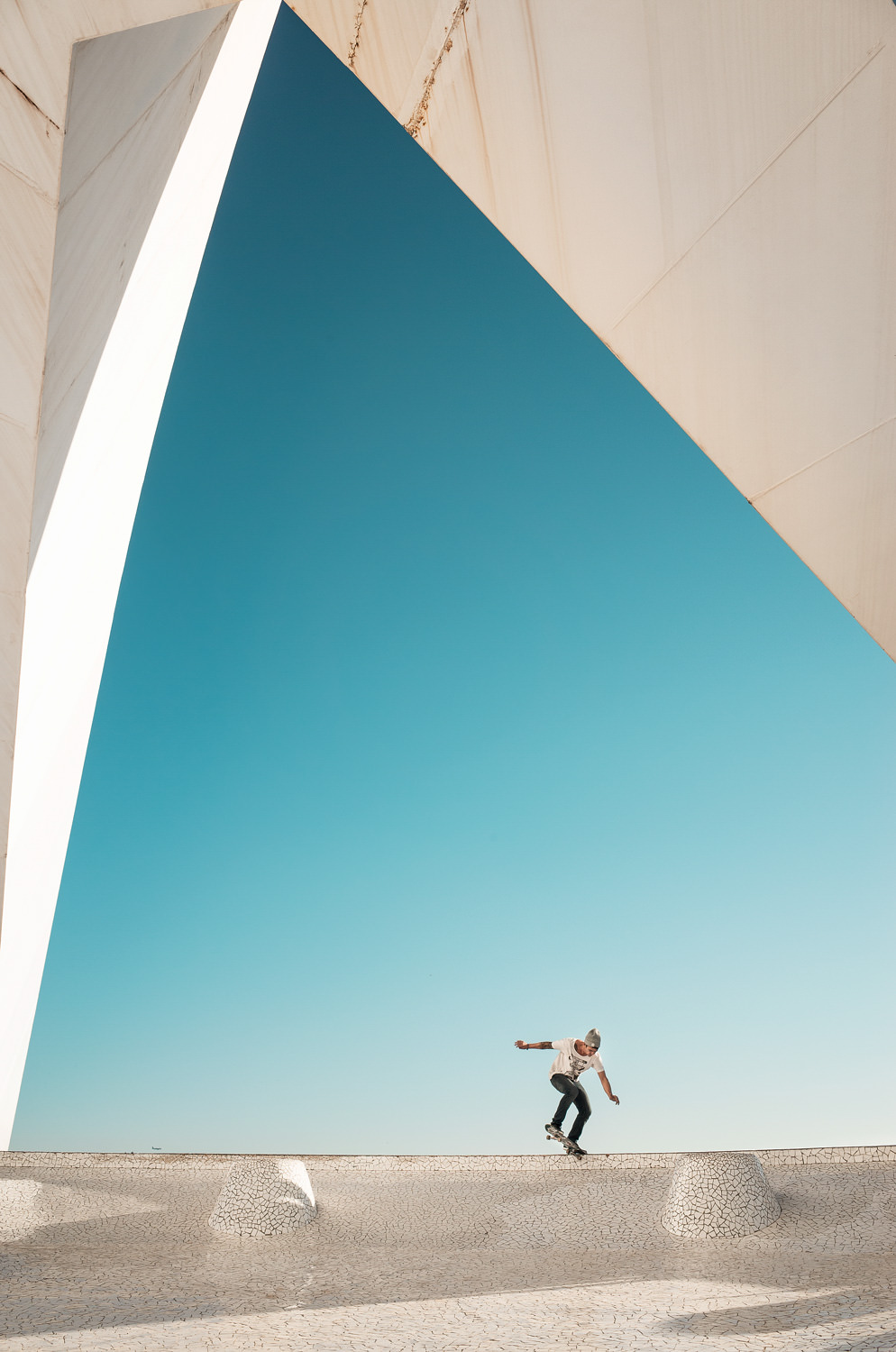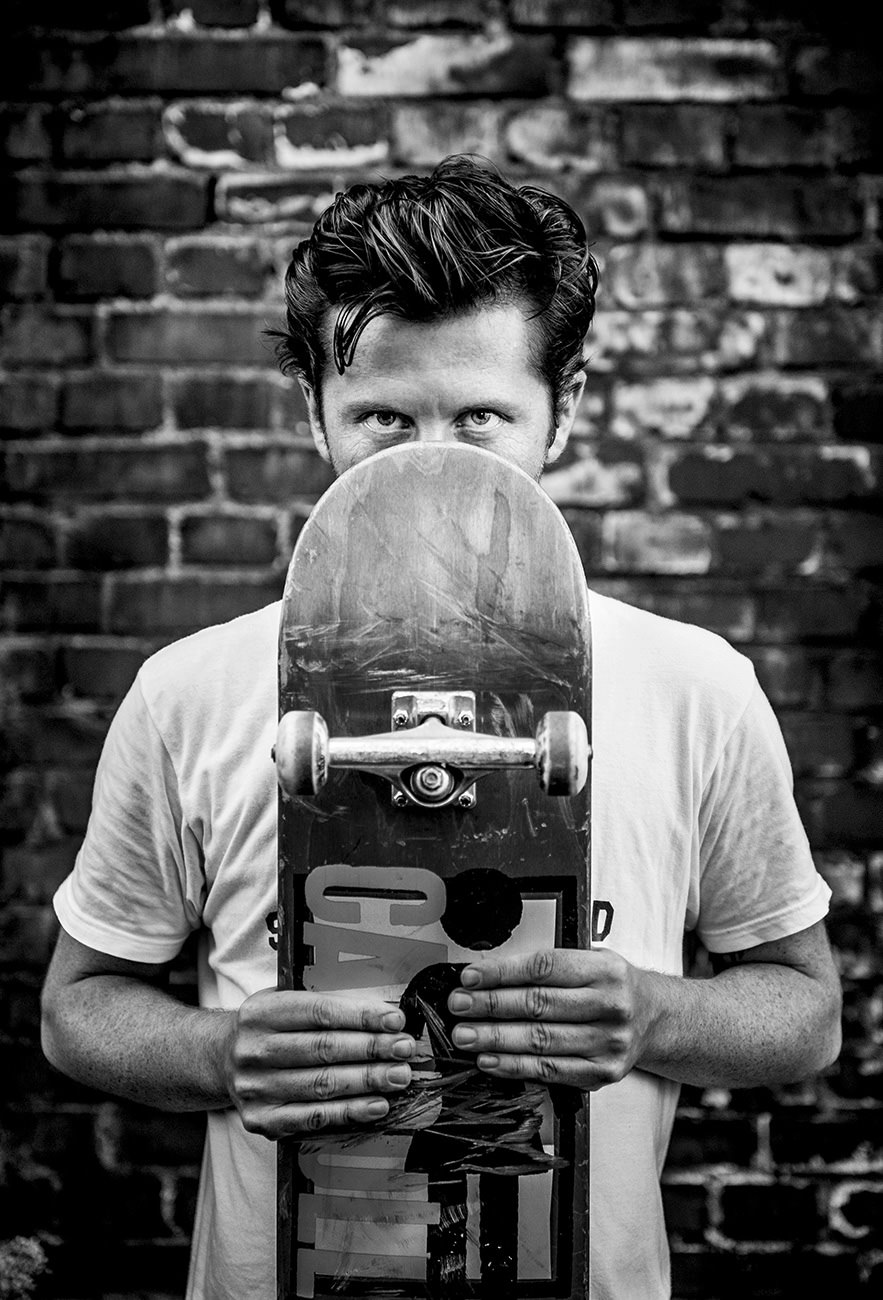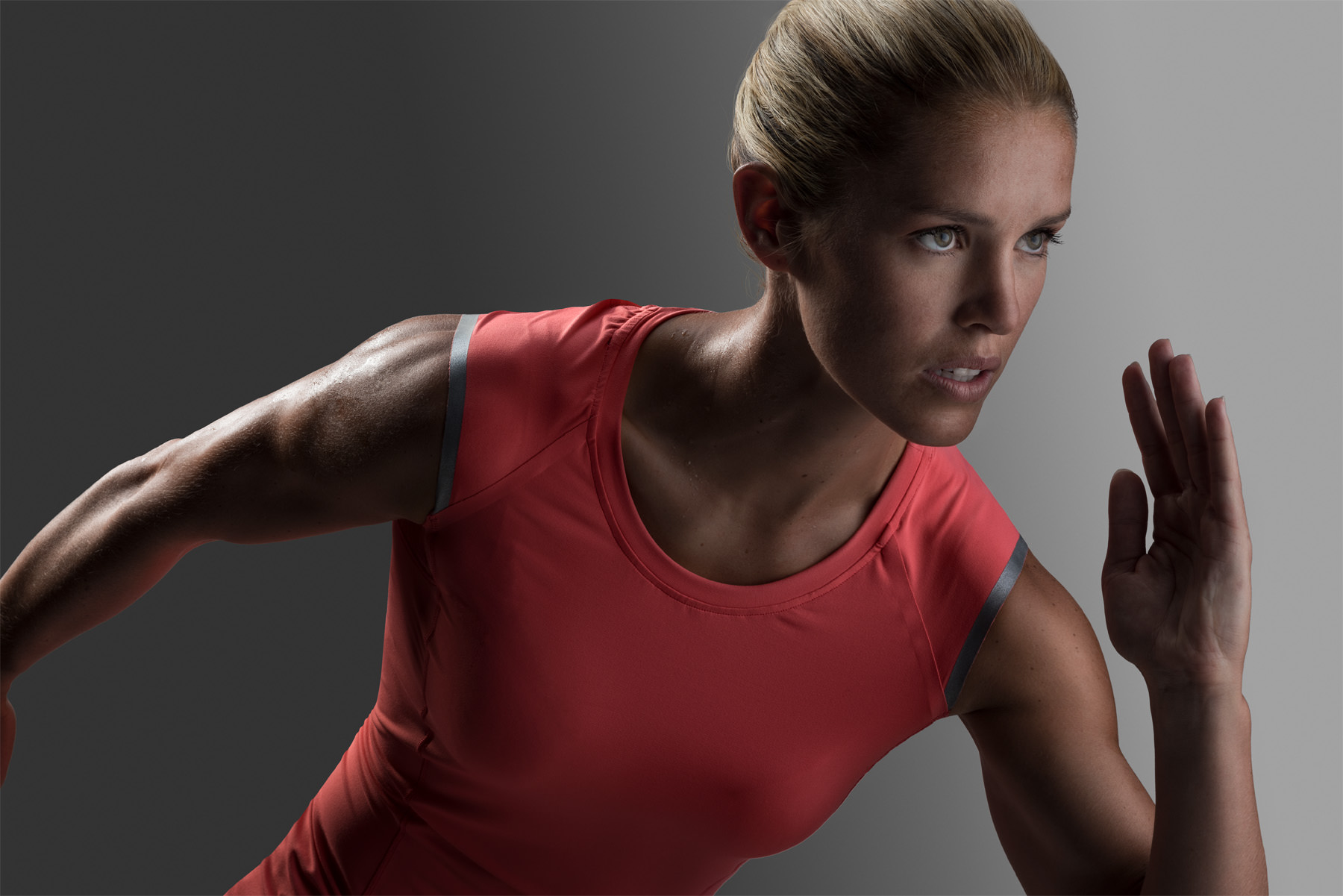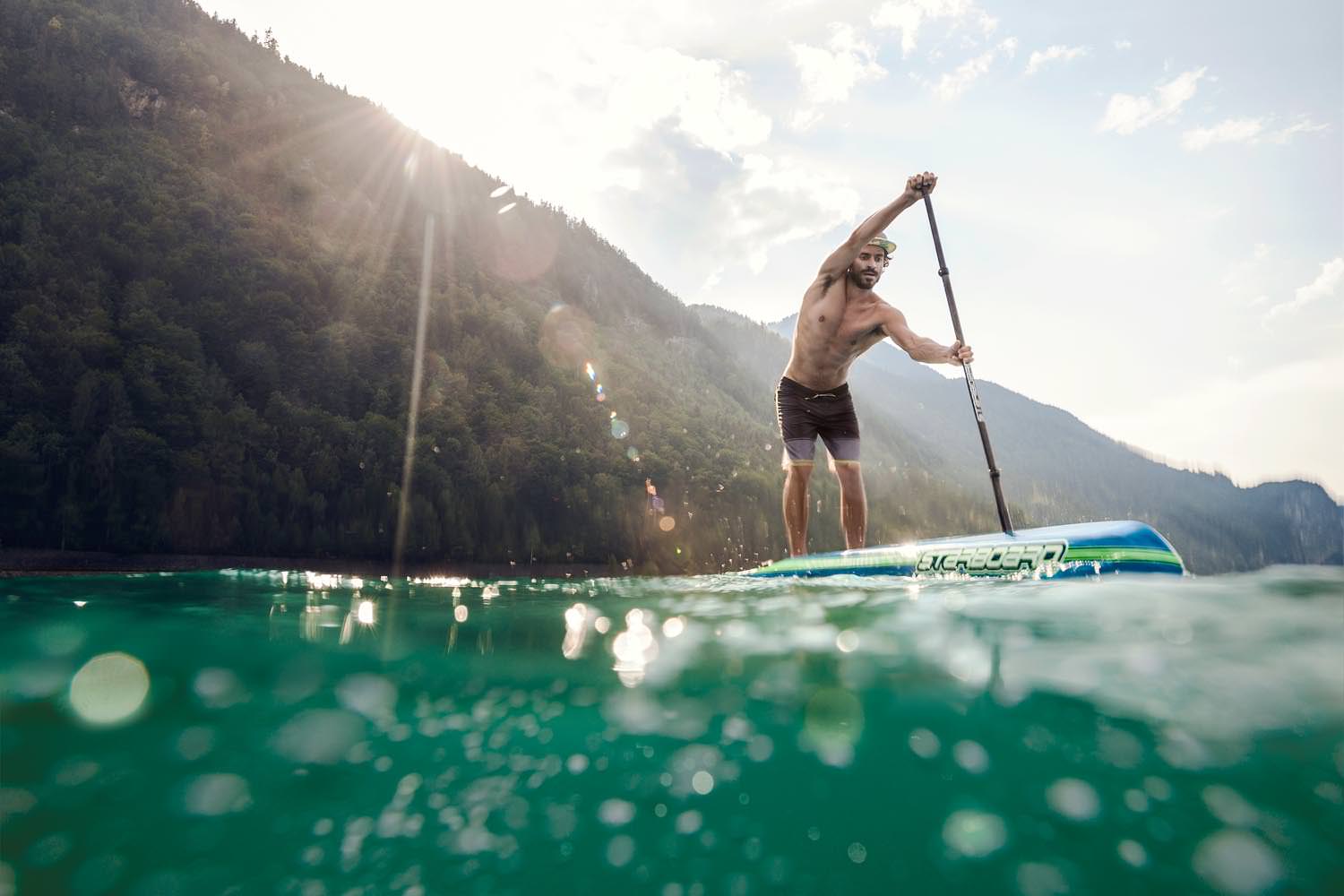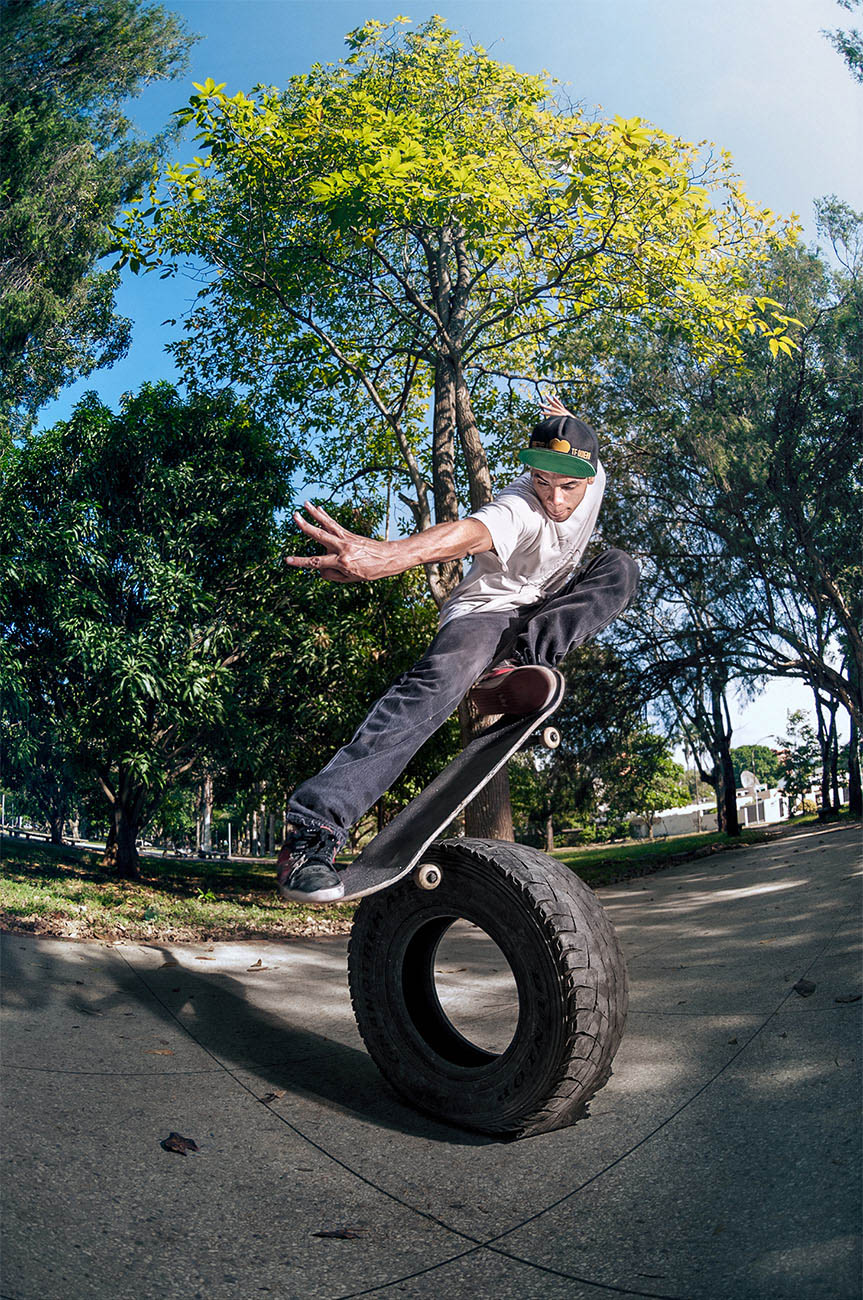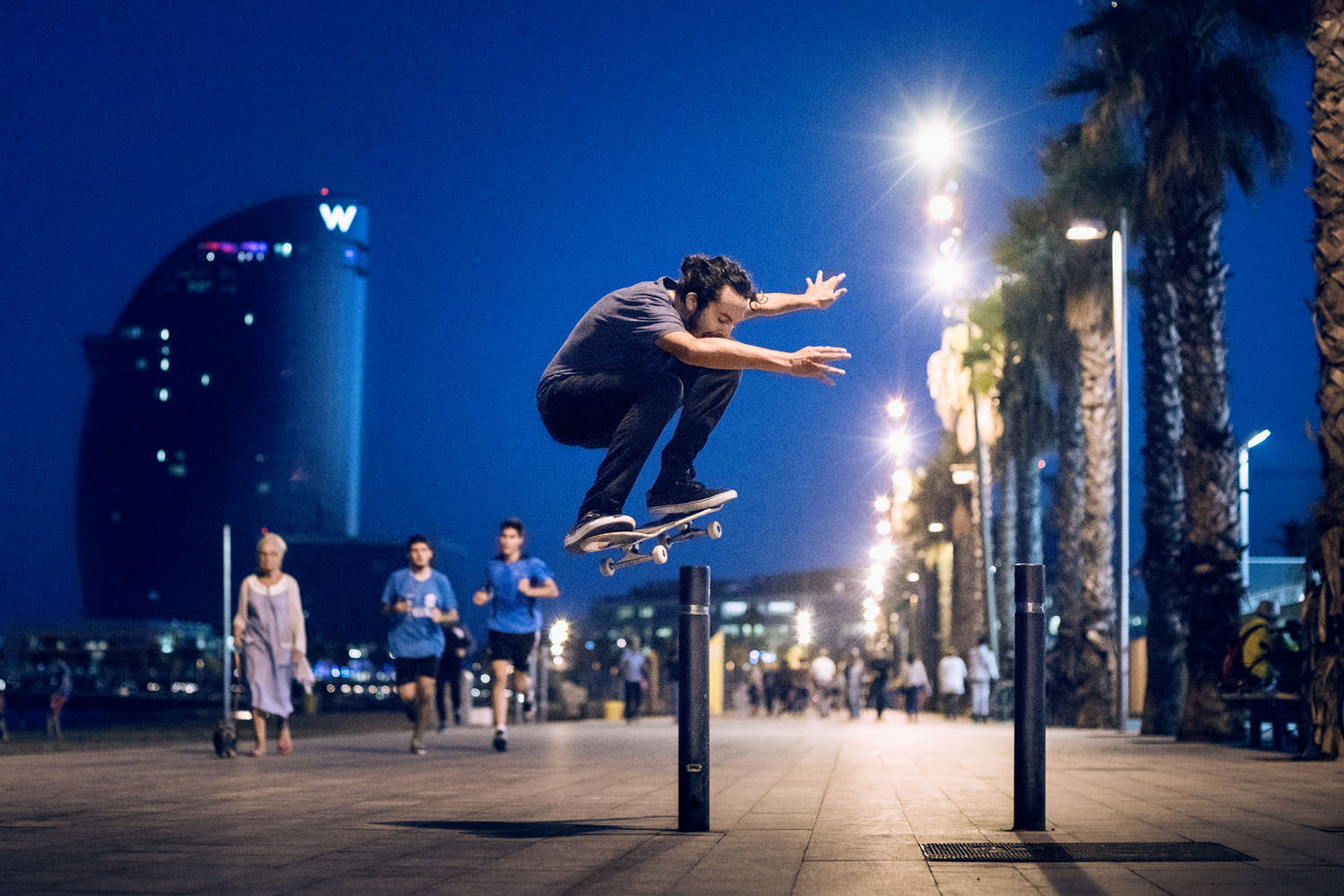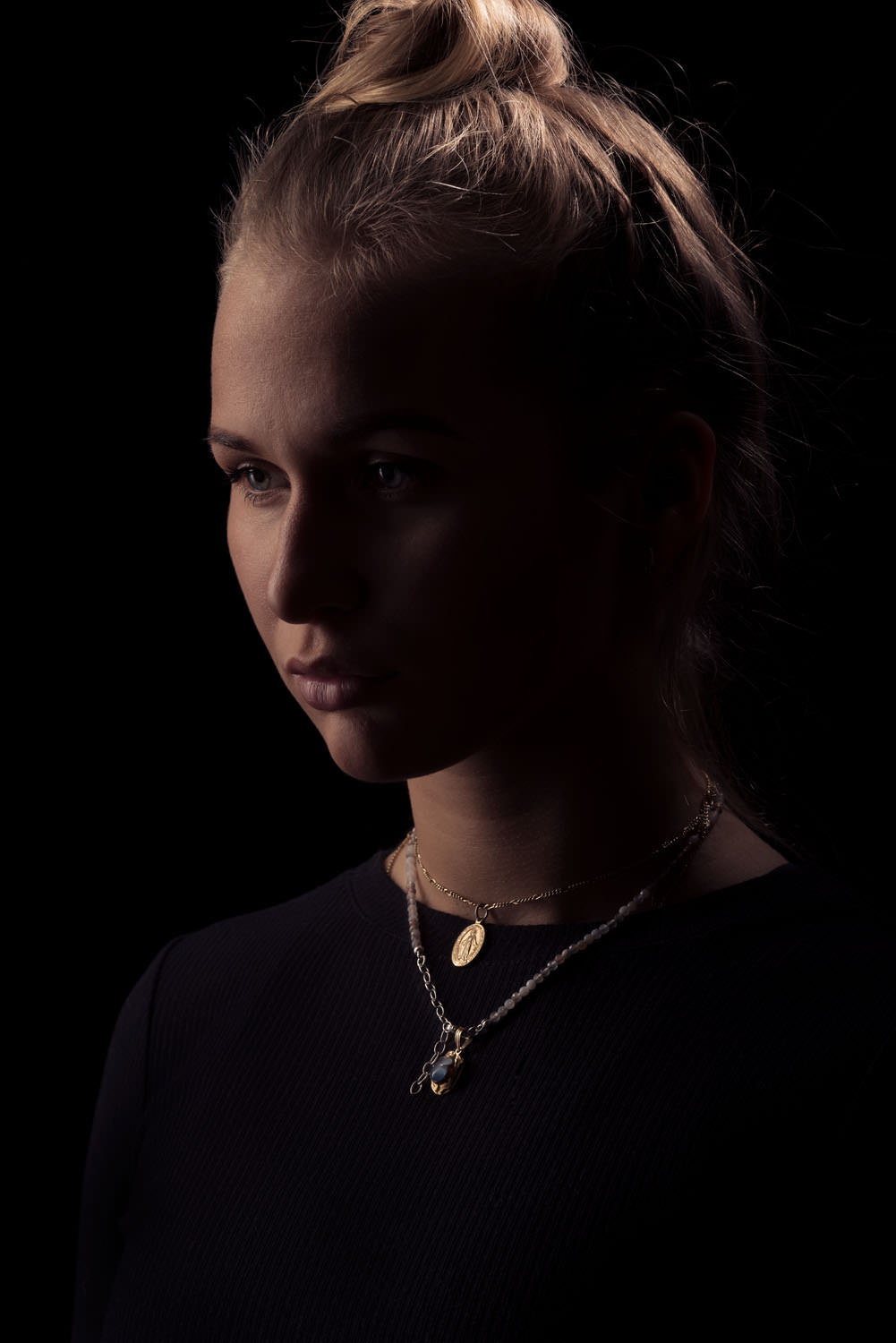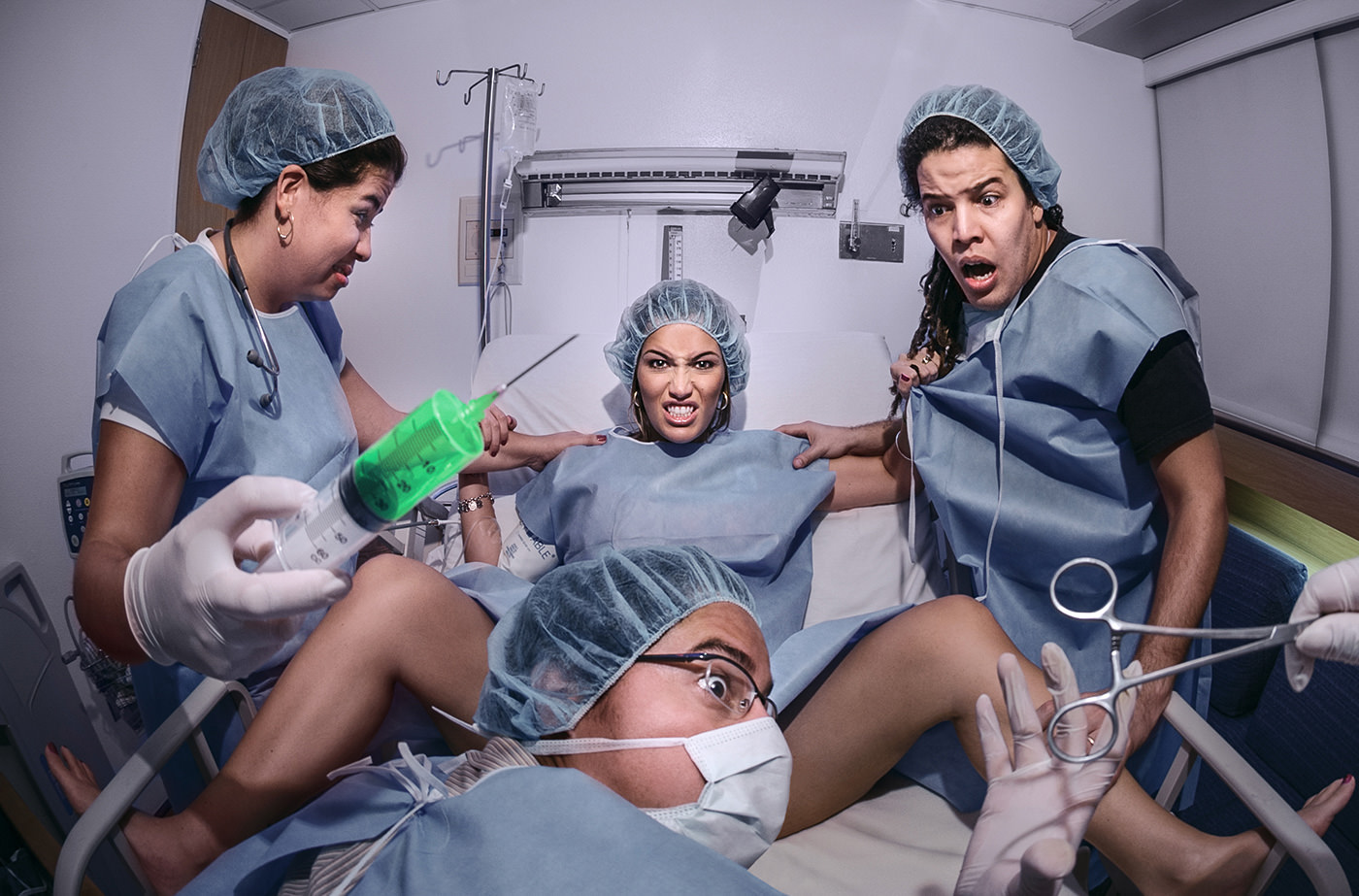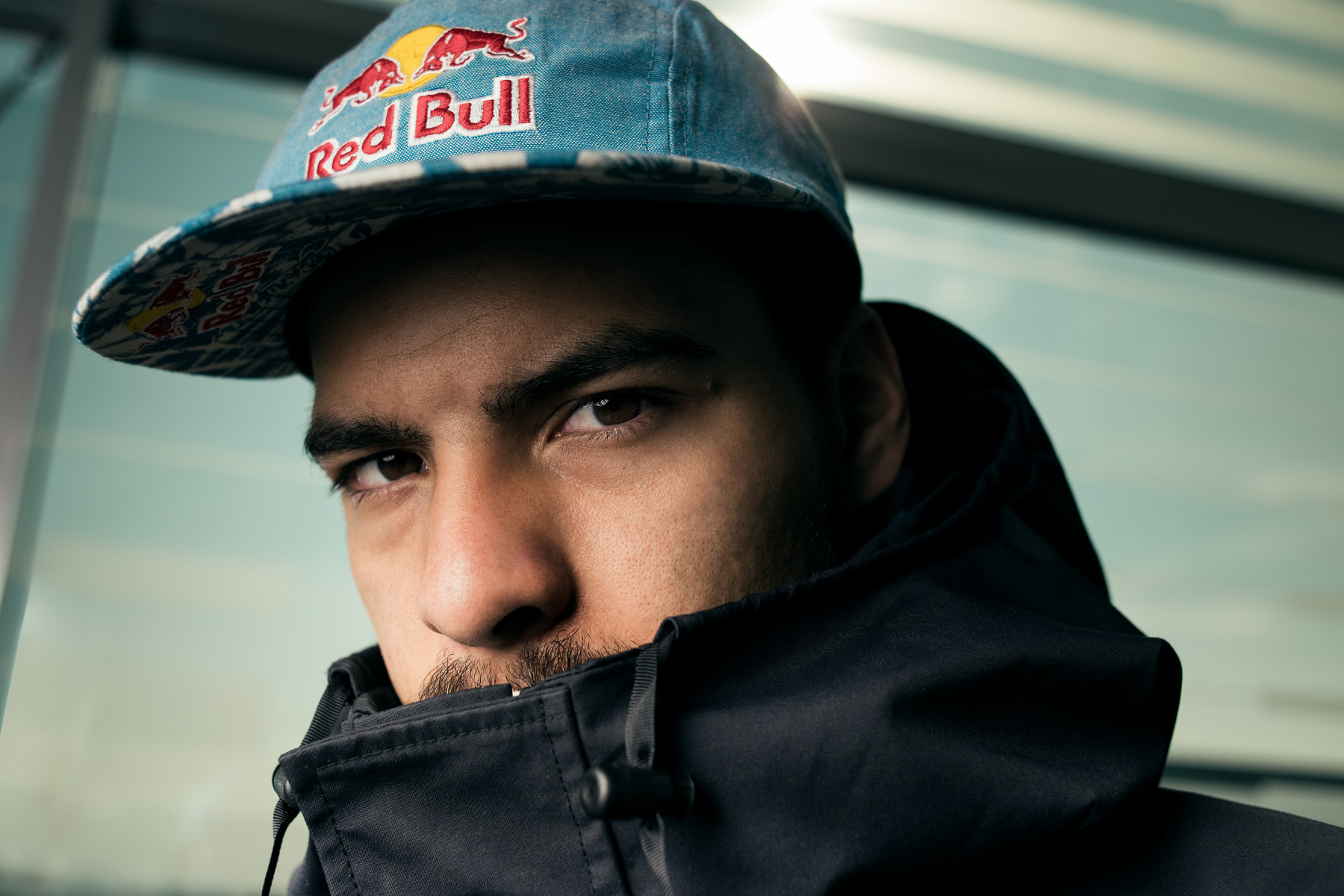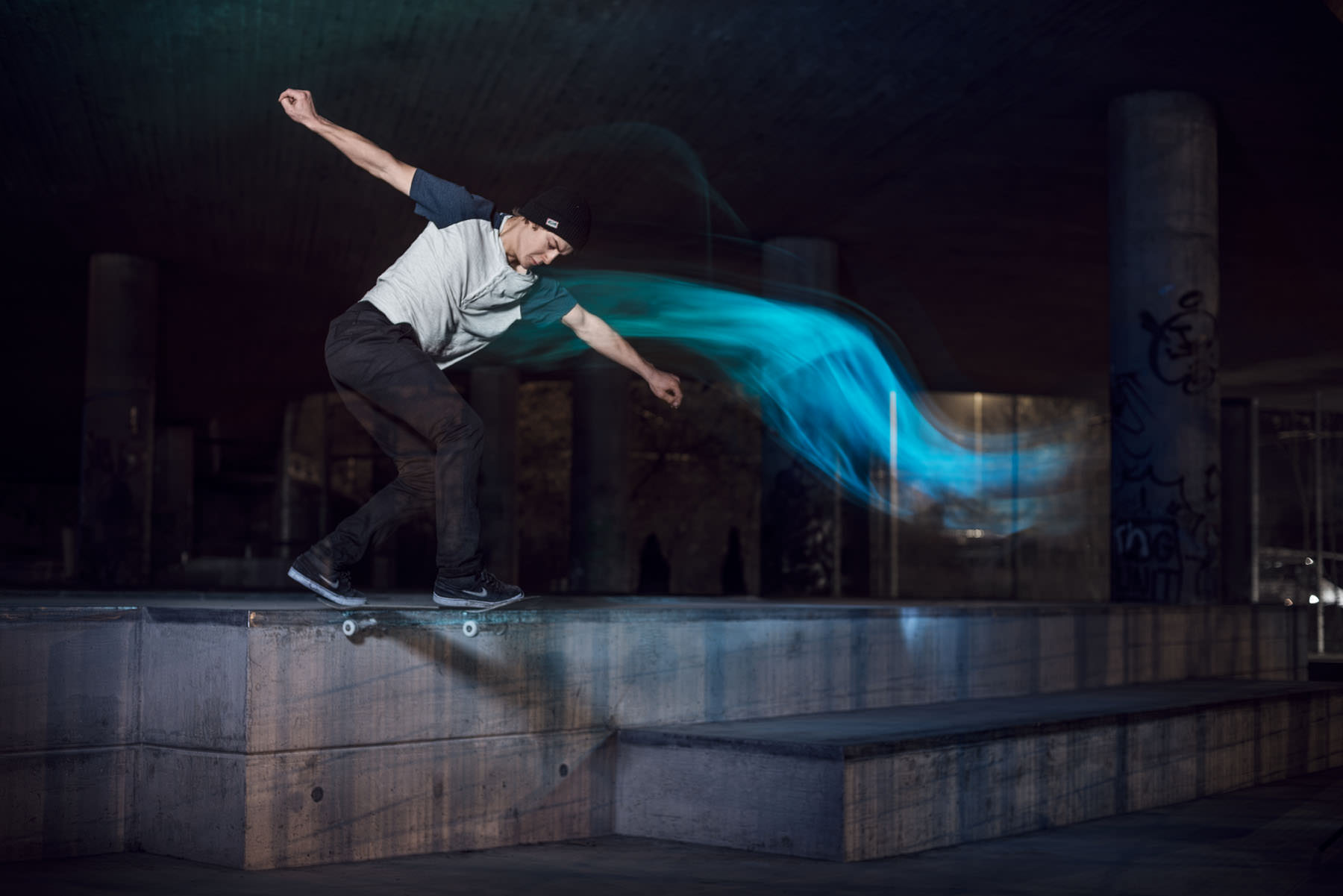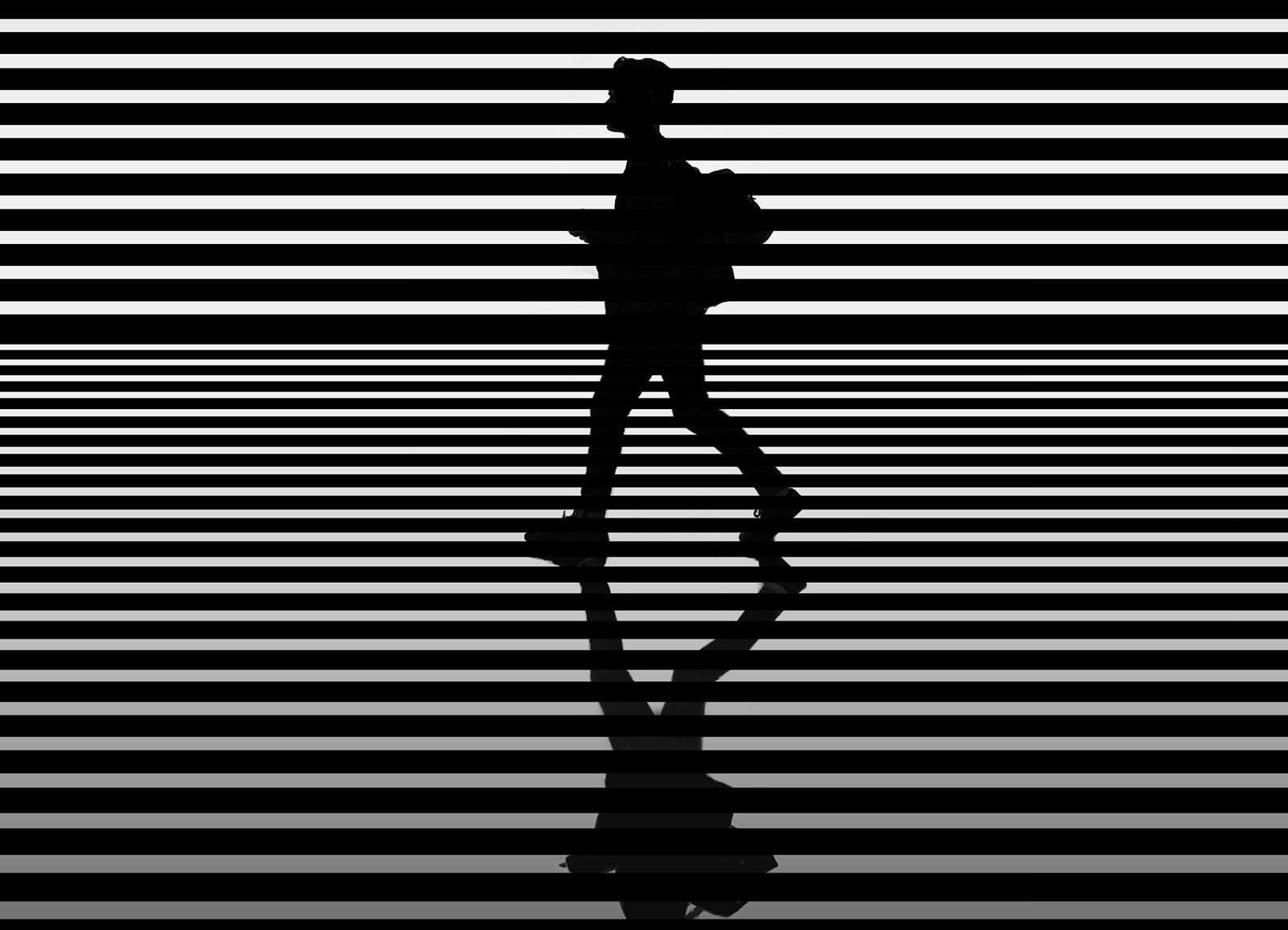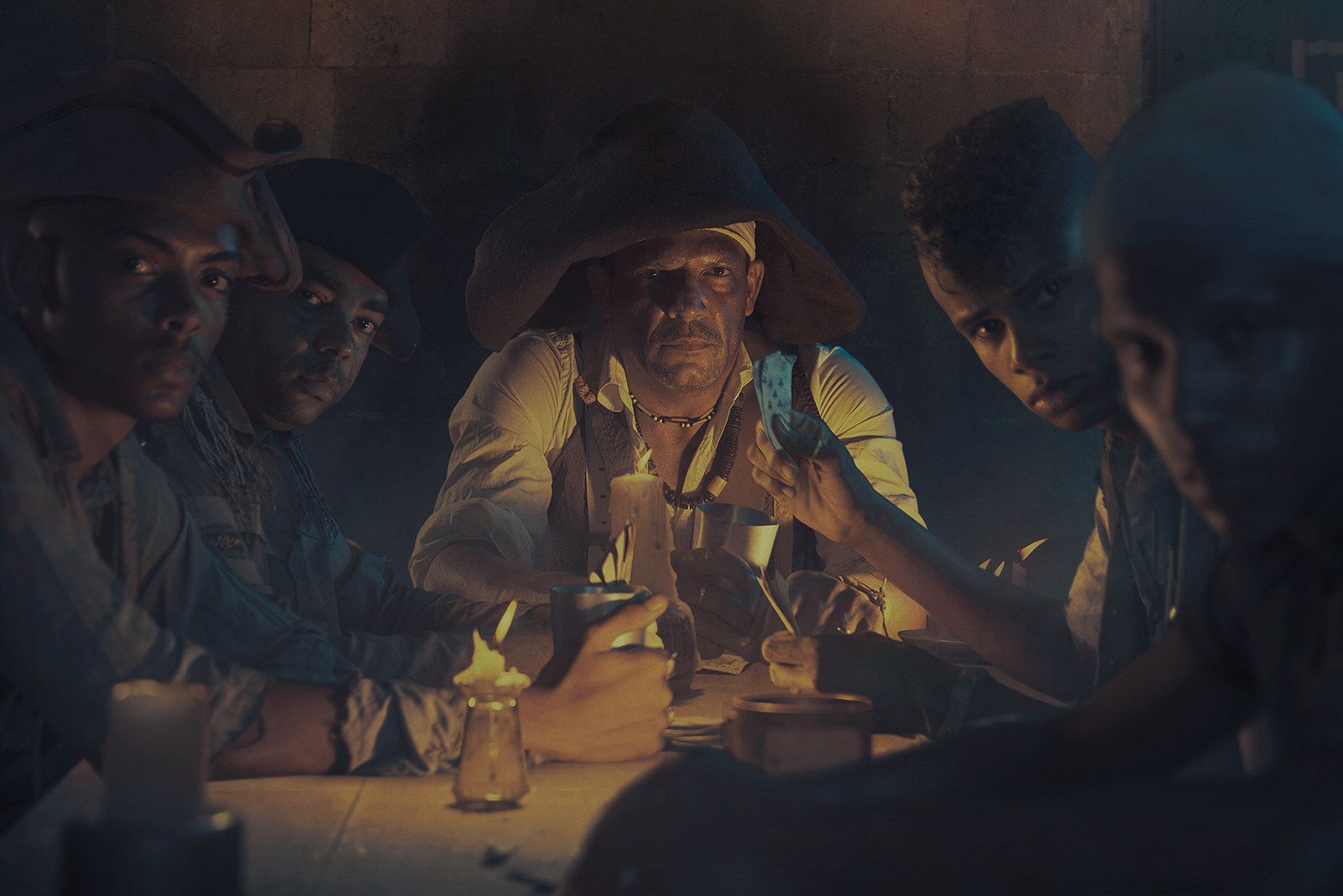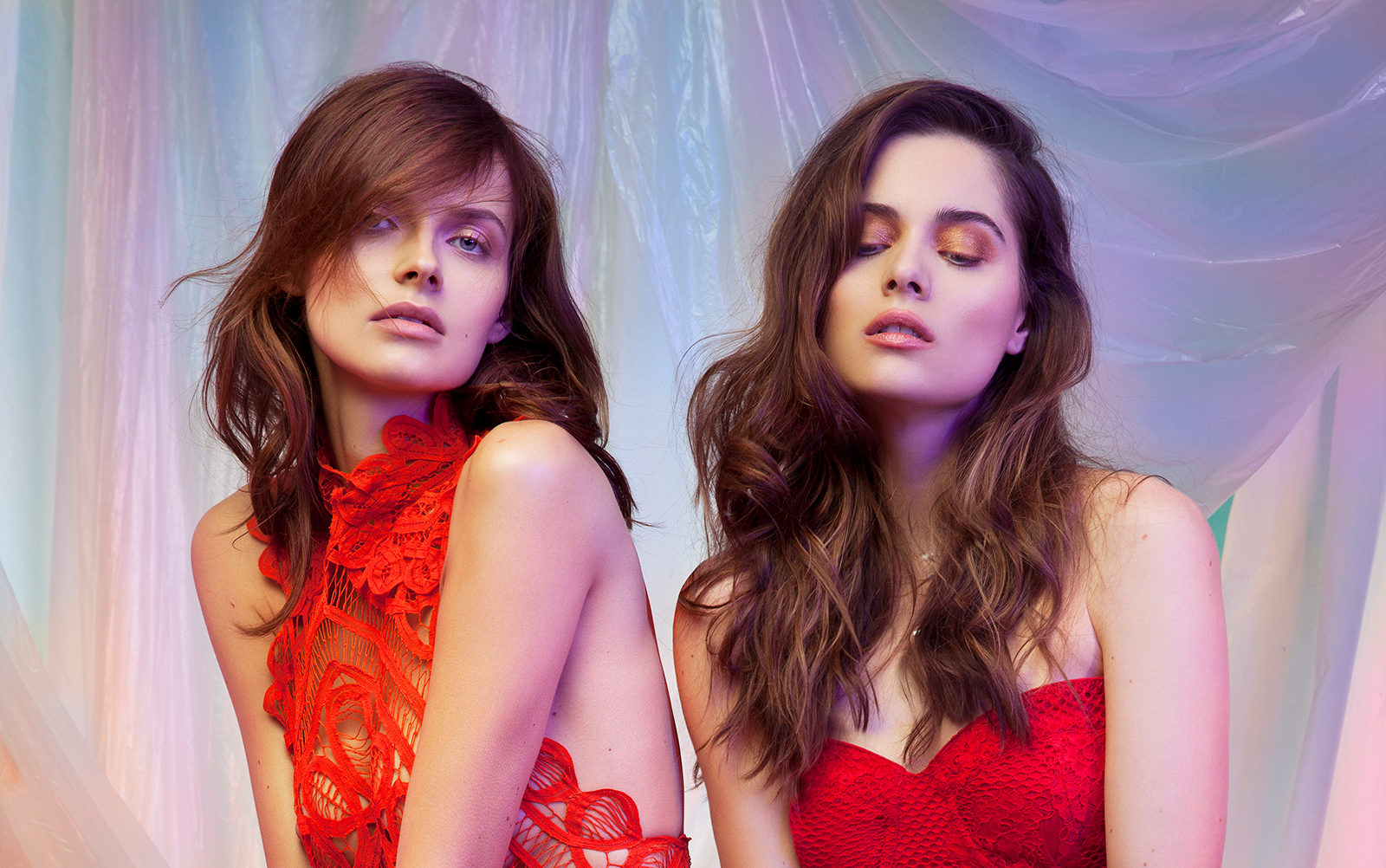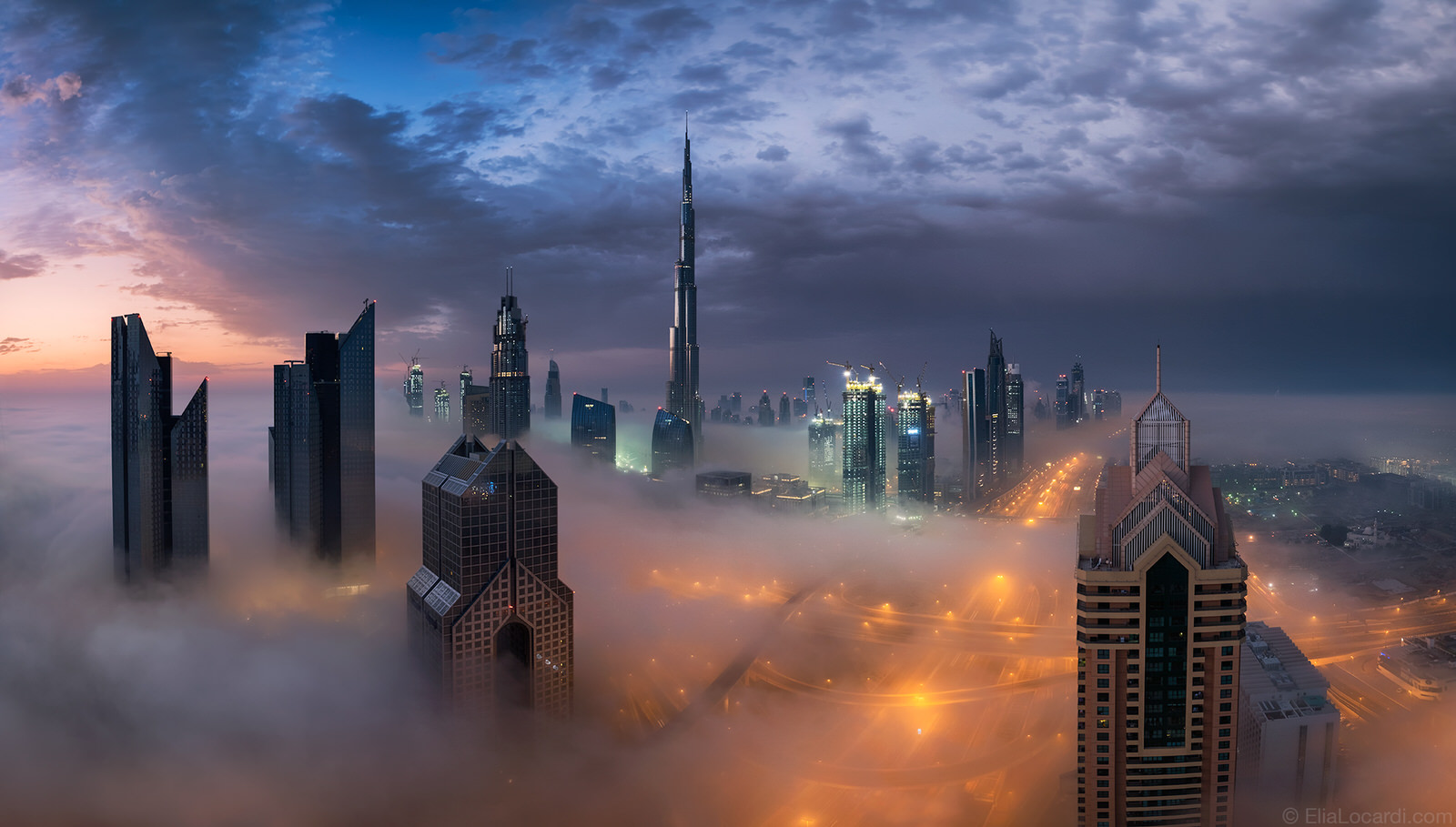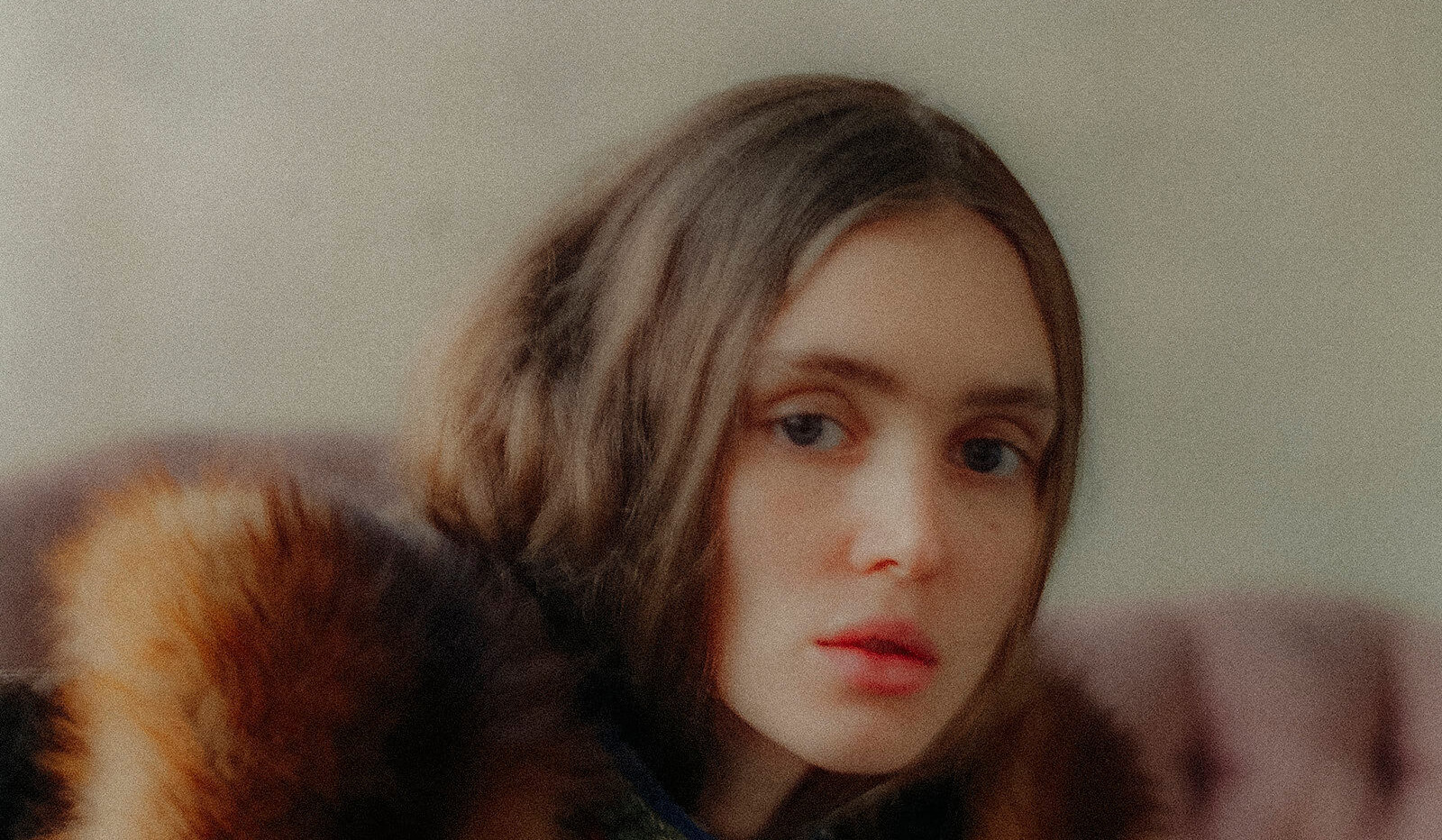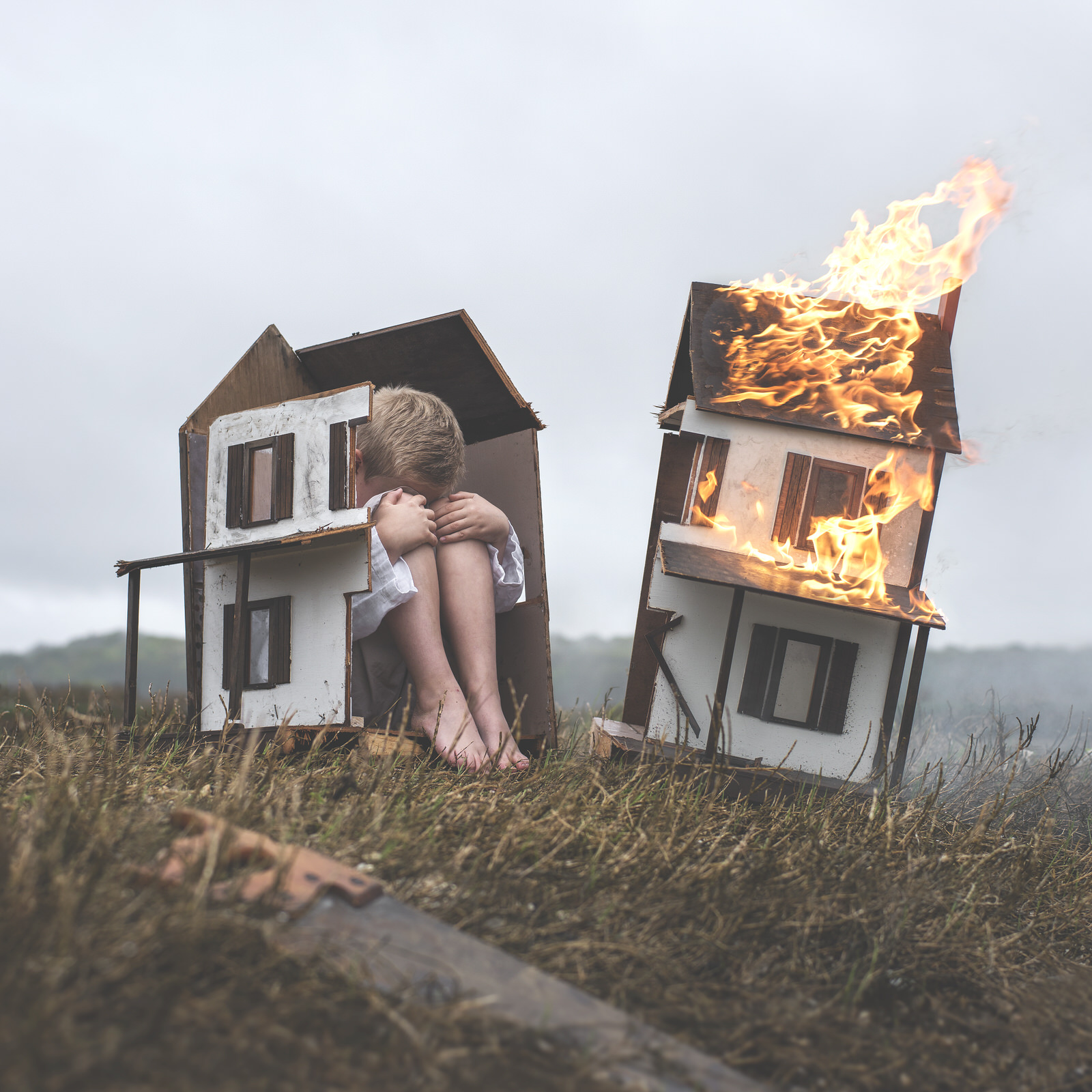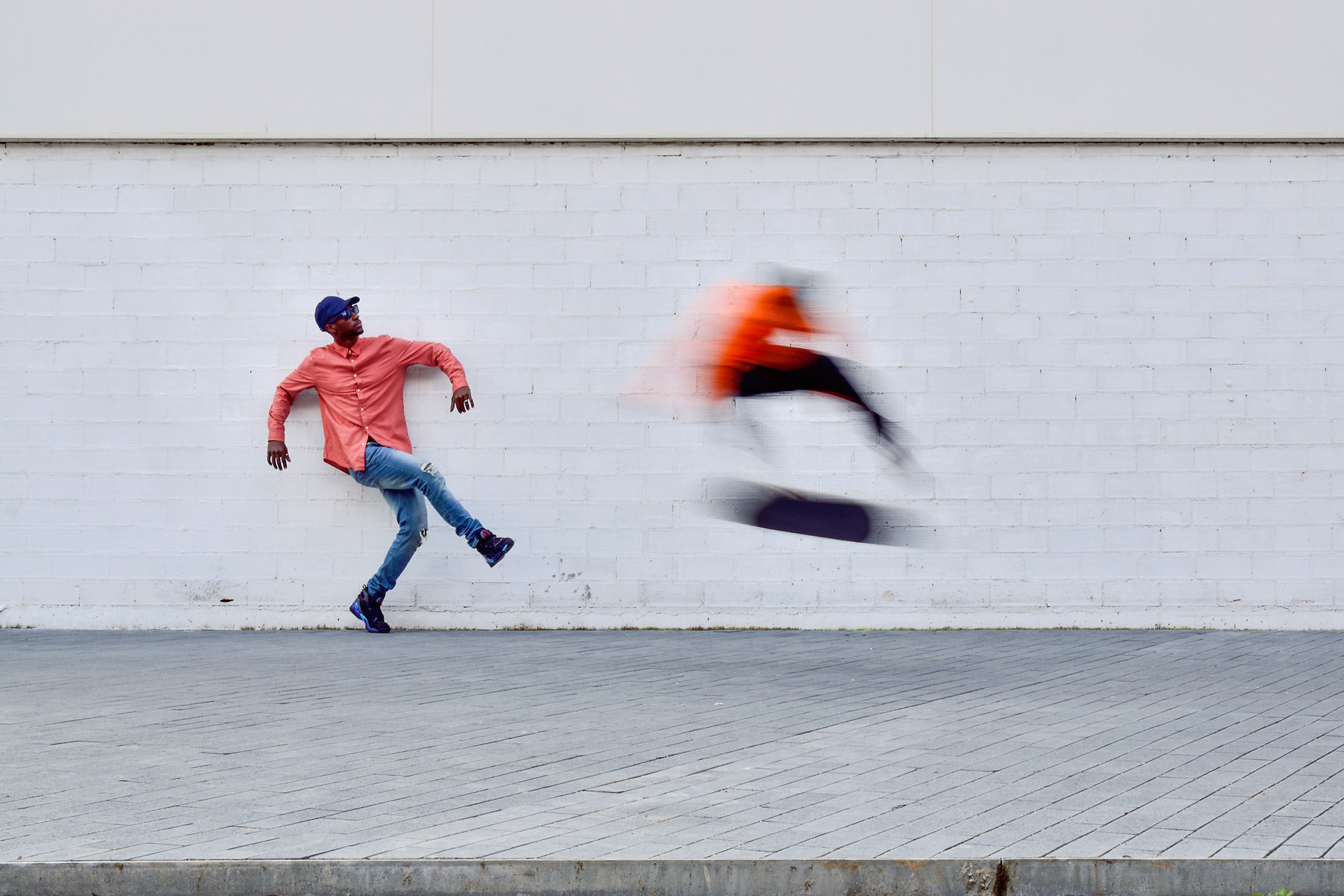
How Winning a Red Bull Photo Challenge Changed Leo Rosas’ Life
After winning a Red Bull photography challenge, Venezuelan photographer Leo Rosas moved to Austria, where he worked in a photography agency and started to learn the ropes of the business. In a candid interview with Leo, we talk about the unorthodox life lessons he got from his parents; his love of skateboarding and photography and how he merges the two; and how he views both the corporate and personal sides of photography.
How did you start out as a photographer?
LR: Basically, since I was a kid, I remember I was always interested in graphics, in arts, in visuals, in movies, and my parents always supported this. They took me to movies I was still not allowed to go to. When I finished high school, all my friends were going straight to university, but my father told me, “Don’t go to university, it’s not the time for you, you don’t really know what you want to do.
This doesn’t mean, ‘Don’t study.’ It means don’t go to university now because at 17-years-old, you will most likely just get frustrated halfway through. So, do things that you are interested in, join some courses, study languages.”
In Venezuela, it’s not common that people speak English fluently, so I took a course in English; I also took a course in Italian. I did some courses in drawing and graphic design because, at that time, I thought I wanted to be a graphic designer. This is when I started getting to know Photoshop. At the same time, I also started skateboarding, so that was the sport that really pushed me to say, “Let’s take pictures of my friends skating.”
When I was a kid, I used an automatic Kodak camera, a family camera from my mother, and when I was about eight or 10 years old, I went to a kind of strip in the jungle area of Venezuela with the school, and I took that camera and I came back with three rolls of film. My mother was super excited to go and develop the film, and then she sees that I just took photos of the landscape, but she was expecting me to take pictures of me with my friends.
So, in a way, I was not really conscious about it, I was already trying to be like an artist and to try to do something artistic. I remember my parents were always buying me National Geographic magazines and surfing magazines, and I was just looking at the pictures all the time. But I didn’t know then that I wanted to do that.
It was skateboarding that really pushed me to take pictures. The first camera that I bought was a film camera, a Nikon FM3a. I knew I wanted that one because in my memories, it looked exactly like the cameras I saw in National Geographic.
I started shooting on my own and reading books. It was a lot of trial and error, and spending money on film, sending it to the lab and looking at what I was doing.
I’ve been training photographers for about four years, and something that I always tell them is “Whatever you learn, if you have the capability to do it on your own, mix it with something that you like, with something that is interesting, because that will accelerate the learning curve of that thing that you’re interested in.”
If I had followed the academic path of photography, it might have been a much slower process. Because I was shooting skateboarding, something that I was really interested in and doing myself, I really knew the subject. If I had started with portraits, which is something that I took later on, I feel that it would have been much more difficult to learn.
And learning light is something that came to me much later on. In the beginning, it was more about the shapes and the moment and the colors, but I definitely did not know much about the behavior of light.
You always learn a lot from other photographers, so I can’t say I learned everything on my own. A big part of it is interaction with other photographers, other artists. And, also the people I train, I learn a lot from them, because you see how other people appreciate something more than you or less than you. It’s a different culture, a different perspective.
And “perspective” is really one of my favorite words because I think that everything is a matter of perspective.
After three years of me learning photography, my father said, “Now is a good time for you to study something, something that provides an additional knowledge that you can use, and mainly do it for the title.” Because we live in a society that values titles a lot. So I took that advice and studied marketing.
When I finished it, I got in contact with Red Bull. I won a photography challenge they did in Venezuela, and so I came to Austria for one month. The prize was part holiday and part training in the standards of quality of what they’re looking for as a brand and also in post-production techniques.
I was introduced to that kind of photography agency environment. I was working in an agency that got a lot of projects from Red Bull. At the same time, it is an international agency which had different clients.
Last year, I became a freelancer again, an independent, but I’m still in touch with Red Bull and I’m still doing some work for them.
So now you’re back working for yourself, that gives you a lot more room, more freedom for creativity, right?
LR: Yeah. It’s like my father also said, “When you are employed, you have the security, but you don’t have much time. And when you are independent, you have the time, but you don’t have much security. So, don’t focus on what you don’t have and use what you have.”
So far, I’m enjoying it a lot, my independence. I was freelance before and then I was in an agency for, like, six years, and I learned a lot. I was learning from different photographers. As I said, every photographer I train, I also learn from them, and from the different clients, different types of work. I had a studio available for me to practice whenever I wanted, so I learned a lot from others about photography in that process. That was when I got really interested in lighting and portraits.
I’m super happy about my time there, but then there was a moment where I thought there was nothing else to learn there. And I found I had less time for the things that I wanted to do. So yeah, I’m grateful, but I’m happy that I’m now independent again.
What artists or photographers do you most admire? And how has their work influenced your own?
LR: There are a lot of photographers I really like. When I first got in contact with Red Bull, I remember one of the photographers that I saw on their website that I really liked was Ray Demski. He’s a Nikon ambassador and he’s a good guy. But nowadays, I don’t think I have, like, one go-to photographer; I’ve been influenced by many different photographers.
Skateboarding is still my main influence as a style, as a way of thinking. I want to say it’s a little bit urban and a little bit extreme. But then there are so many good portraits with completely different styles. One of my favorite portrait photographers is Platon, for example. Just because he does something that is not necessarily the most common.
I don’t want to feel like I’m stuck with a style and I will always keep doing the same thing. That’s the way the brain works – like, that’s why you don’t get tired of drugs, because they’re addictive; but you get super tired of a healthy diet because it’s not sugar. If you don’t have variation, you get tired. Your brain gets tired of that food. It’s not because it’s not good for you or it’s not tasty anymore, it’s just it’s too much of the same without being addictive.
I find photography addictive. It doesn’t matter if I’m working eight hours in an agency or I go home and do something that I want to shoot that has nothing to do with any client. But it can get boring, I think, if I shoot the same thing all the time.
For example, Platon’s photos have a consistency, you know? I don’t think you can find that on my website, and I’m happy about that.
A lot of photographers will say that you have to have a style, you don’t believe that?
LR: I don’t believe it’s for me. And that’s the thing, everybody is different, everybody is an individual, and everybody should follow whatever they feel good about and whatever is working best for them. I feel like if I stayed with the same style the whole time, then I might get stuck, I might not learn something new.
What do you do when you hit a wall during your creative process?
LR: In life, sometimes I feel stuck in work, I need to live, you know? With photography, it hasn’t been like that, it’s more like maybe I don’t feel like shooting skateboarding, so I start shooting a little bit of life stuff for a while. It’s like taking a break.
The moment you say you have learned everything about something, that’s when you’ve lost already. There is always something else to learn. The moment I believe I’m the expert in skateboarding photography, I’ve lost. There’s already somebody else training harder than me and trying new stuff and coming out with better pictures.
So, even if skateboarding is something that I’ve done for a long time and know a lot about, I still enjoy trying to find something new, trying to communicate something new in a skateboarding photo. I try to mix it with the artistic and the aesthetic aspect of the picture.
What’s your favorite photo you’ve ever captured and why?
LR: There’s a picture of a skater jumping over a tire that I really like. He’s a very good friend of mine. We were skating often when we were living in Caracas. I see this picture now and it’s not my style currently. It’s a little bit like HDR; that was kind of what I was pushing at that moment. Maybe it’s more emotional. It’s not like I’m super proud of the picture technically-speaking; it’s more about the memory.
There’s another one where we’re in Barcelona. It’s almost all blue on the top, and you can see the W Hotel in the background. So this is the easiest trick, the standard trick that you do, but it’s about all the elements. I’m using a Nikon D810 with almost the maximum ISO possible, and then by chance, you have the other elements – the old lady with the dog and the two guys running, so it’s like three layers of speed in a way, and they all complement each other very nicely. That’s the lucky part of the picture, but, of course, my main focus was the action and the composition, with the hotel on the other side balancing the image.
I was using just the camera without any lights or any flashlights, and then just pushing the ISO to the maximum, which a lot of the times photographers think they should not do. But for action, you need the speed, so I needed at least an 800th of a second of speed. The picture is super grainy, but in the end, it’s a matter of getting the right moment and getting it sharp, without motion blur.
And as far as these photos go, especially since you’re shooting such high action, fast images, how much are you actually doing in post-production? What’s your post-production process?
LR: It really depends. Like that one with the tire, it has quite a lot because I was also experimenting a lot, and it’s something that if I edited again from zero, I would not do it the same way. I would not go so crazy on the saturation and this kind of HDR look.
I’m very spontaneous. There are pictures that maybe have 3-4 hours of retouching, and there are pictures that maybe have 10 minutes of retouching. But there is nothing in the action shots that is fake. The only thing is, for example, if I have a sequence, it takes a longer time, I separate each one.
Usually if the subjects are too close and I haven’t used a tripod, I separate them using the path tool, so I go really in detail with something like that. I enjoy post-production, so if I have the time and the interest, it’s not a pain to do a few hours of post-production; it’s actually fun.
How has PHLEARN impacted your work? Or has it helped you out in any specific way?
LR: With PHLEARN, I learn a lot, and sometimes I take some of the things that Aaron does in his tutorials and I use them differently. I learned quite a lot from Aaron. Especially like three years ago, when I was at the agency, I was constantly checking different blogs and tutorials. The internet is a great tool. I have a YouTube channel with a couple videos where I share stuff.
Nowadays, when people tell me they want to do a workshop with me, I say, “Hey, most of the knowledge of photography is already on the internet. What I can offer you is experience – the experience of being with somebody that’s maybe been through the problems that you are facing in your career or your photography, and the experience of looking at how I do things and asking me things directly.” I tell them that I can give them honest feedback immediately. Maybe that opens their eyes to other opportunities or possibilities.
Do you have any particular habits that are a part of how you begin your creative process?
LR: If it’s on my own, I’m pretty loose. I’m very self-motivated, so if I wake up one morning and have an idea for a new picture that I dreamed of, because sometimes that happens, and then I wake up all excited, I try to at least write it down and think about it. I might spend the whole day just thinking about it and looking at Pinterest and other sites to put something together, that I don’t even have my breakfast until 7:00 in the evening.
Or it can be that I have an idea and then I put it in my little notebook and save it for later. I have a bunch of ideas that I want to execute, but I need economical support because they need quite a lot of production. So those are things that I have there, and when I meet a client, I say, “Hey, look, I have this and I have this,” and then some of them can happen. But if it’s something that I can do on my own right away, I prefer the sooner, the better.
If it’s for a client, I like to go a little bit deeper if possible, and offer a different solution to what the client thinks they need. I like to be able to be more helpful if that’s an option, and to be more creative.
When I was studying marketing, one of the things that I always kept in mind was this story of a salesman in the United States, when salesmen were going door to door to sell you a TV. He was the best salesman in his company; for every 10 sales pitches, nine would tell him no, and one would say yes. So, every time somebody say no, he was happier because the yes was closer.
That’s how I like to think when I am pitching an idea to a client. If they say no, okay, cool, that means the yes is getting closer. If I strongly believe in the idea, I keep pitching it to somebody else.
So in that sense, if it’s business, I really want structure and I like to follow a workflow as much as possible. But when it’s personal, I don’t like to rush it because then it’s like an obligation and not something that you’re doing out of passion or satisfaction.
What was the moment you first considered yourself a photographer?
LR: There were other skaters that I was skating with who wanted to have their pictures taken. They were already paying me for some pictures that I was taking of them, so in a way, those were clients.
But I think, officially, my career started when I started working for Red Bull. That’s when I started to get bigger contracts and heavier responsibilities in a way, and also it was when my portfolio started to get bigger.
What’s the one quote that always fires you up?
LR: This isn’t a quote, but I mentioned before, my favorite word is “perspective.” It’s not only for photography, but it’s also about life and how you approach everything, from a project to your personal life to your work and professional life. It’s about being open to accept that everybody else has their own perspective.
Is there a book that you would recommend to any other creative person?
LR: I have a couple. I wish I read more than I do. One of the books that I really, really like and I would recommend to anyone is “Sh?gun” by James Clavell. It’s a novel about the era of the samurais in Japan. It has a lot of cultural insights into that era. I’d also say it’s about perspective.
One of the things that really spoke to me, because of the meaning behind it, was that there was this English guy who was there as a guest. First they were prisoners, but somehow he became a guest of honor and one day he wakes up with the Geisha, one of the principal characters of the novel. She asks him, “Do you need anything? Can I help you with something? Do you need a girl?” And he says, “No, no, no.” So, she says, “Okay, sorry. Do you need a guy?” And then he’s completely offended and super annoyed and embarrassed by being asked that. “This is a sin, how can you even ask that?” And the Geisha says, “How can something that gives you pleasure be bad?”
In that sense, it’s like, whatever you do, if it’s not harming anyone and it gives you satisfaction, then just do it. It’s the same for everything, for photography, for anything.
Can you tell us what you’re working on now? What’s next for you?
LR: I have a couple of personal projects that are a little bit secret in a way; I hope I can share them soon. One of them involves food. So, again, looking into something new, something that keeps the flame of the passion for photography always strong and alive.
Besides that, because I’m freelance again, new in the market, I’m also expanding my portfolio of clients. I want to do more commercial work, as well, and keep skating and shooting skateboarding.
To follow Leo’s upcoming new projects and see more of his work, check out his website and Instagram.
